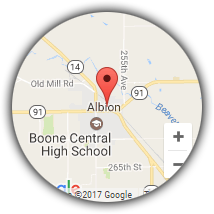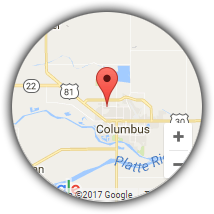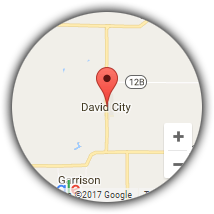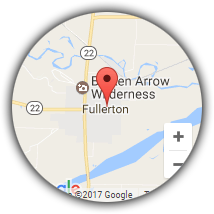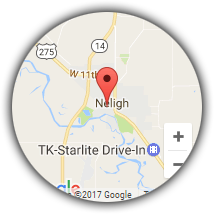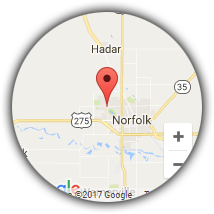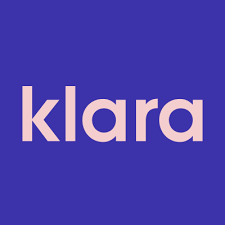Low Vision is vision impairment that can result from eye disease, eye or brain injury, or congenital and heredity causes. It can be characterized by reduced visual acuity or loss of field of vision. Vision of 20/70 or worse is considered low vision when it is the best vision possible by any type of correction like glasses, contact lenses, or surgery.
Low vision can happen at any age but is most common in the elderly. These patients are at more risk for eye diseases such as macular degeneration, glaucoma, and cataracts, all which can cause low vision.
Low Vision may include: loss of central or side vision, distorted or poor quality of vision, and difficulty in low light or low contrast environments. Vision loss is different in every patient.
This condition can complicate many activities including driving, reading, cooking, writing, and walking. Vision loss is often difficult to accept but specialized low vision aids can help make the most of the vision that remains to enhance a patient’s quality of life.
Vision aids can include various magnifiers, telescopes, or special machines to enlarge print to help reading. Recently, the development of smartphones and tablets that can enlarge print have been helpful for many patients. Some patients benefit from clocks with larger and easier to read numbers or talking watches. All low vision aids aim to help patients regain independence that may have been limited by vision loss.
Nebraska is one of the states that allow special telescopes (bioptic telescopes) to obtain the vision needed to qualify for a driver’s license.
Some things that you can do to utilize your best potential vision are: providing good lighting in your home, taking advantage of special services like large print books or talking devices, and using high contrast or bold markers for making lists or writing letters. Highlighting problem areas like stairways or uneven surfaces with high contrast tape is also a good idea to help avoid falls.
The doctors at Eye Physicians, P.C. can help navigate the uncertain waters of a low vision diagnosis. Along with vision aids, we have resources that we can provide to patients to obtain special vision rehabilitation. These services can include training for low vision devices, in-home adaptations and modifications for daily life skills.

